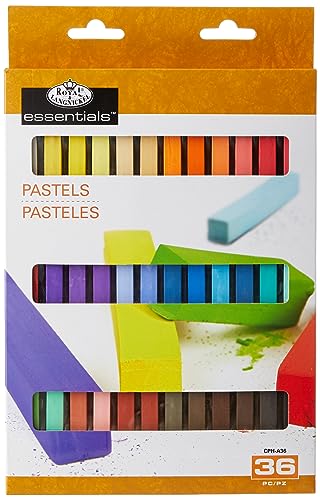Creating a Soft and Dreamy Look with Soft Pastels
Soft pastels are a beautiful medium that can help you achieve a soft and dreamy look in your artwork. Whether you’re working with pastel pencils or traditional pastels, there are several techniques you can use to create this aesthetic. In this article, we’ll explore five key strategies that will help you achieve a soft and dreamy look with soft pastels.
Choose Soft Pastel Colors
When aiming for a soft and dreamy look, it’s important to choose soft pastel colors that are light and airy. Pastel hues such as soft pinks, lavender, baby blues, and mint greens work beautifully for this aesthetic. Avoid using dark or intense colors, as they can overpower the softness and dreaminess you’re trying to achieve. The key is to create a gentle, soothing atmosphere with your color palette.
Utilize Blending Techniques
Blending is a fundamental technique in pastel art, and it’s essential for achieving a soft and dreamy look. By blending your pastel strokes, you can create smooth transitions between colors and achieve a soft, ethereal effect. One way to blend is by using your fingers or a blending stump to gently smudge the pastel strokes. Another technique is to layer and blend different colors together, gradually building up the softness and creating depth in your artwork.
Embrace Soft Edges
To enhance the soft and dreamy look in your artwork, it’s important to embrace soft edges. Avoid using harsh lines or defined contours. Instead, aim for soft, diffused edges that create a sense of blur and dreaminess. Softening the edges can be achieved by gently smudging or blending the pastel strokes at the edges of shapes or objects. This technique helps create a sense of depth and atmosphere in your artwork.
Focus on Light and Shadows
Light and shadows play a crucial role in creating a soft and dreamy look. By focusing on the areas of light and shadows, you can add depth and dimension to your artwork. Soft pastels are particularly effective at capturing the delicate nuances of light and shadows. Experiment with different techniques, such as layering lighter and darker shades to create subtle gradients or using hatching and cross-hatching to add texture and depth.
Use Soft and Textured Surfaces
The surface you choose to work on can also contribute to achieving a soft and dreamy look with soft pastels. Consider using surfaces that have a soft and textured finish. Textured surfaces such as pastel paper or sanded pastel boards provide the tooth necessary for the pastel pigment to adhere and create beautiful soft effects. Experiment with different surfaces to find the one that best suits your style and desired aesthetic.






